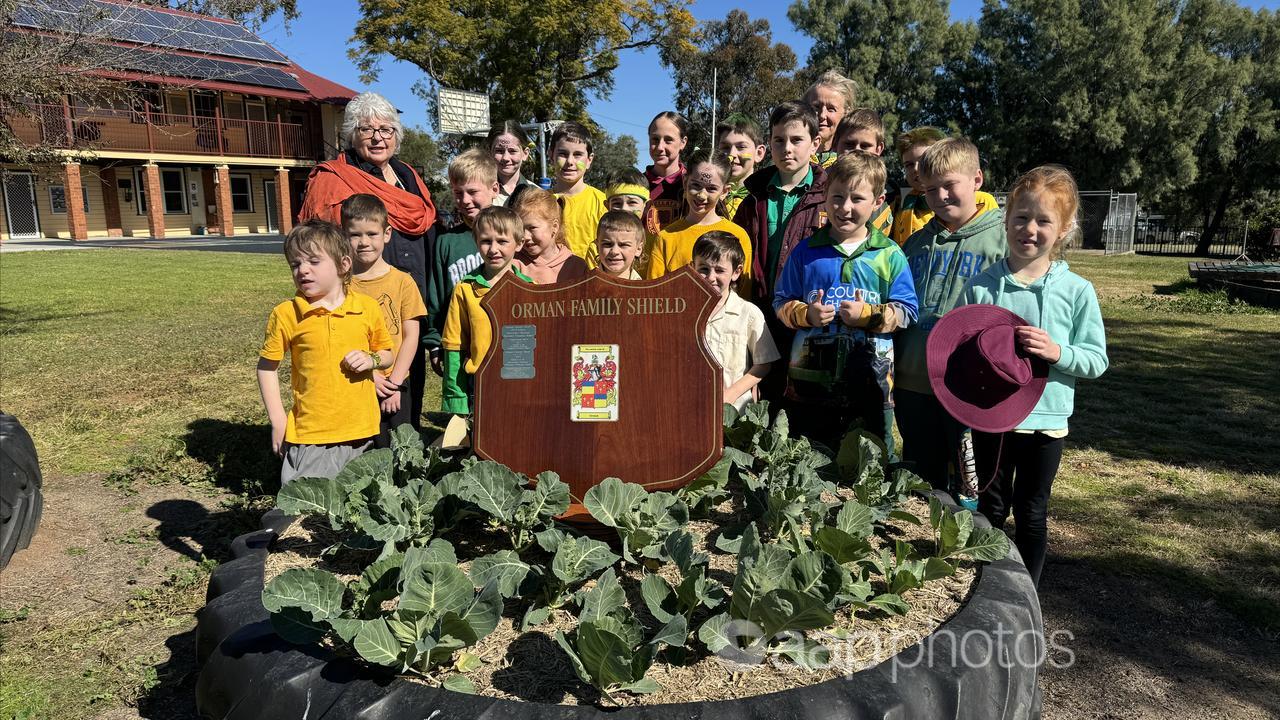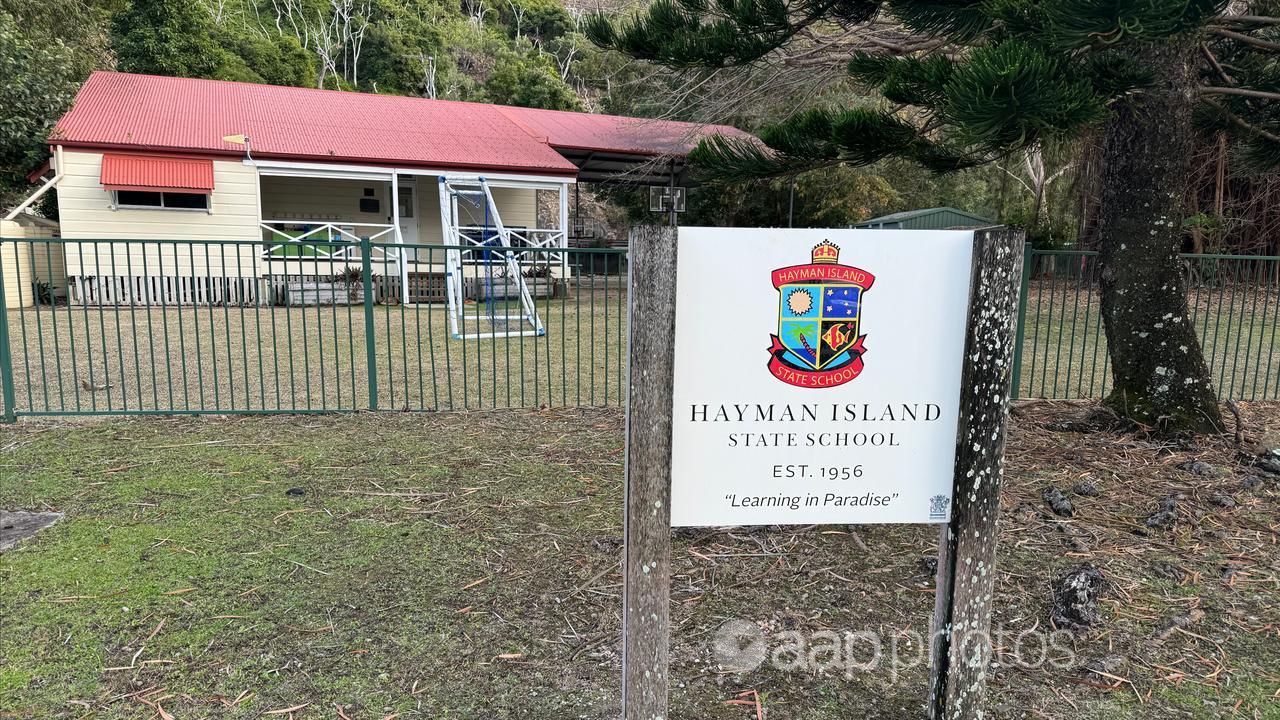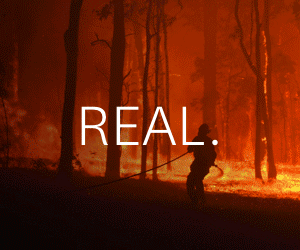When severe drought turned farmland to dust, the children at Bellata Public School could escape to an oasis under the lilac haze of a jacaranda tree.
The school community in the northern NSW village banded together during the years of devastating dry to carefully preserve a patch of grass for the students in the playground.
“We wanted them to be able to come and have a bit of a safe haven away from all the brown, drying grass,” parent Zara Lowien told AAP of the drought, which broke in 2020.
“That’s a critical part of an agricultural community, particularly if people are doing it tough.
“They can have a break from whatever is happening on the farm and come to an open, fun, green space, which is what the school is able to provide.”

Ms Lowien’s son Patrick and daughter Amelia are among 24 students at the school, learning in the same red brick building as their dad did.
“My husband was pretty adamant that we send our children there so he could walk them through the gate, just as he was walked through the gate.”
The school on Friday marked 125 years at the heart of the community, having educated generations of local families.
It celebrated its history and unique environment, where children learn everything from coding to growing vegetables, can play on a killer soccer team and even occasionally take charge of their own canteen.
But, like many small schools, it faces challenges.
Having once educated more than 100 students at a time, its numbers have dwindled over the decades amid droughts, floods and the evolution of agriculture.
Workers and their families come and go with the fortunes of a season, while women increasingly earn off-farm income in neighbouring towns and take their children to schools there, Ms Lowien said.
Bellata Public has the student numbers to keep two full-time teachers employed, something the village is determined to retain for its own longevity and community spirit.
“Having a school is so essential for keeping a vibrancy around the town,” Ms Lowien said.
“It helps us attract workers … it makes it a really appealing place to move.”
Despite being central to the social fabric and workforce in rural communities, small schools are often “invisible” to policymakers, according to research by the Gonski Institute for Education at the University of NSW.
There are more than 2100 schools across rural and urban Australia with 100 or fewer students, representing nearly a quarter of all schools.
But their small student cohorts mean they do not meet minimum thresholds for data collection, leaving their nuance lost in the big policy picture, UNSW professor Scott Eacott’s research paper said.
At least 50 small schools have closed in NSW since 2010, with similar trends across Tasmania, Western Australia and South Australia.
Small schools often serve vulnerable or marginalised populations in a close-knit atmosphere, with tailored classes and strong bonds between teachers, families and their towns.
“Small schools are more than educational institutions, they are fundamental to what we have come to know as community,” Prof Eacott wrote.

Some of Australia’s smallest schools are in Queensland, educating families from cattle stations, on the coast and the vast expanse in between.
At Hayman Island State School, where children learn in a small yellow schoolhouse overlooking crystal waters, enrolments fluctuate with the tourist season, educating between two and eight children at a time.
Since 2021, there have been between two and 10 students at Birdsville State School in one of Australia’s most remote towns on the edge of the Simpson Desert.
Theodore State School, in the Banana Shire, educates 146 students from preschool to Year 10, with the school at nearby Cracow closing in 1997 due to falling enrolments.
Isolated Children’s Parents Association council member Nikki Mahony’s four children went to the Theodore school, waiting for the bus at the end of their 6km driveway and travelling 40km to town each day.
“If there is an opportunity to access a bus and get to those schools, that’s really the only socialisation for for kids out here,” Ms Mahony told AAP.
Theodore runs a trail bike ride each year to raise money for playground equipment and teaching resources.
“It’s a massive community effort and it’s vital that the school stays vibrant,” she said.
“There’s a lot of fundraising that happens … because we just don’t get the funds we need.”
Something as simple as a change to a bus route can affect enrolments at a small school, along with funding shortfalls, teacher shortages and availability of subjects.
The association is holding a national awareness day on October 9 to highlight the challenges in rural and remote education.
Members are lobbying for rural and remote financial incentives for teachers, along with changes to work visas that would allow overseas-trained educators to stay longer in Australia.
Put simply, the future of small schools is the future of small communities, Ms Mahony said.
“Your shopkeepers, police, nurses, doctors need that education on the doorstep, let alone the farming families.
“You need those schools to keep the township going.”



















